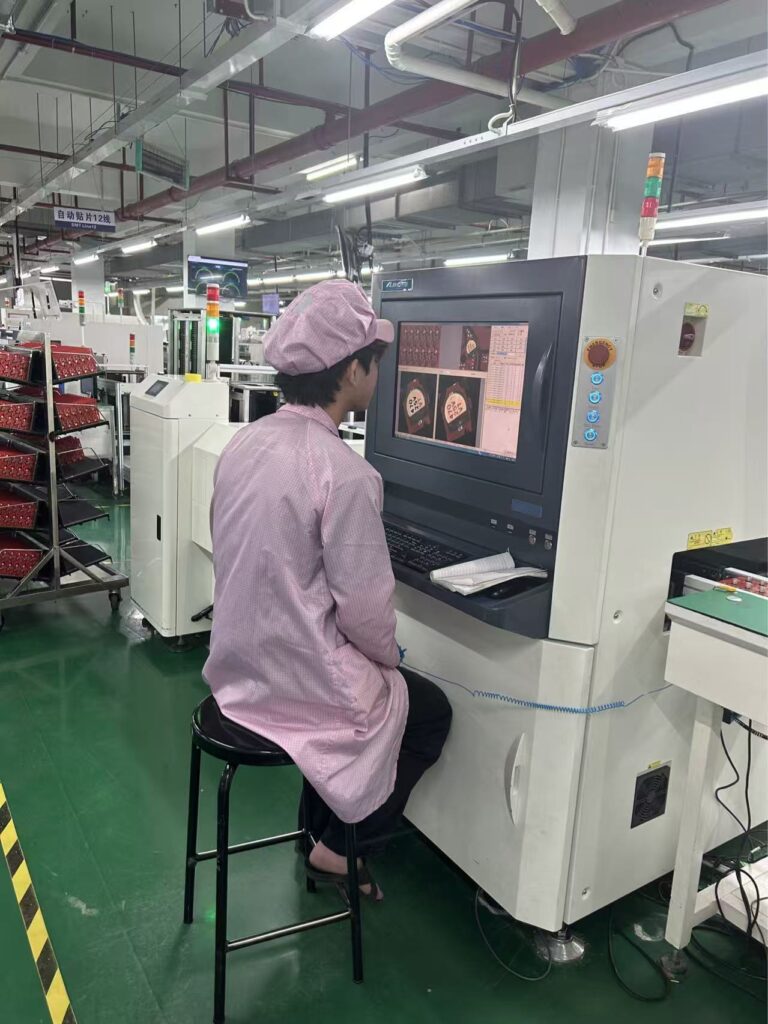PCB SMT Assembly: The Modern Manufacturing Standard
PCB SMT Assembly has revolutionized electronics manufacturing by enabling smaller, faster, and more reliable products. This process involves mounting electronic components directly onto the surface of printed circuit boards, unlike traditional through-hole technology. Suga Tech has established itself as an industry leader in SMT Assembly, operating state-of-the-art automated production lines that ensure precision and consistency. The widespread adoption of this technology continues to drive innovation across consumer electronics, medical devices, and industrial equipment sectors.
The PCB SMT Assembly Process Explained
The PCB SMT Assembly process follows a carefully orchestrated sequence that ensures high quality and efficiency. First, automated equipment applies solder paste to the board’s contact pads using a precision stencil. Next, sophisticated pick-and-place machines position surface-mount components with remarkable accuracy. Then, the assembled boards pass through a reflow oven where carefully controlled heating melts the solder to create permanent connections. After cooling, the assemblies undergo automated optical inspection to identify any placement or soldering issues. Finally, additional testing verifies electrical functionality before the boards move to subsequent production stages.
Advantages of Modern PCB SMT Assembly
Modern PCB SMT Assembly offers numerous benefits that make it preferable for most electronic applications. The technology allows significantly higher component density, enabling smaller and more compact designs. It also provides better mechanical performance since surface-mount components withstand vibration more effectively. Additionally, the automated nature of PCB Assembly ensures consistent quality and higher production volumes. Furthermore, the process supports faster production cycles and generally lower costs compared to traditional through-hole methods. These advantages collectively explain why this method has become the industry standard for electronic manufacturing.

Suga Factory’s Approach to Quality Assurance
Suga Tech implements comprehensive quality control measures throughout their PCB SMT Assembly operations. We begin with incoming component verification to ensure all materials meet specifications. During production, we conduct real-time monitoring of solder paste application and component placement accuracy. Our inspection systems include both 2D and 3D automated optical inspection capable of detecting even minute defects. Additionally, we perform functional testing that simulates actual operating conditions. This multi-layered approach to quality assurance guarantees reliable performance and customer satisfaction with every delivered order.
Meeting Diverse Industry Requirements
Suga Tech’s PCB SMT Assembly capabilities accommodate the specific needs of various industries. For medical devices, we maintain exceptional cleanliness standards and detailed documentation protocols. Automotive clients benefit from their experience with extended temperature range components and vibration-resistant assemblies. Consumer electronics manufacturers appreciate their ability to handle miniaturized components and high-volume production. Regardless of the application, We adapts processes to meet unique requirements while maintaining their commitment to quality and reliability.
Future Trends and Developments
The field of PCB SMT Assembly continues to evolve with emerging technologies and methodologies. Industry leaders like Suga Tech are increasingly implementing smarter automation and data analytics to optimize our processes. The trend toward even smaller components and higher-density layouts presents ongoing challenges that require advanced equipment and expertise. Additionally, environmental considerations are driving development of more sustainable manufacturing practices. As technology progresses, Print circuit board SMT Assembly will continue to enable new generations of electronic products with enhanced capabilities and reliability.

